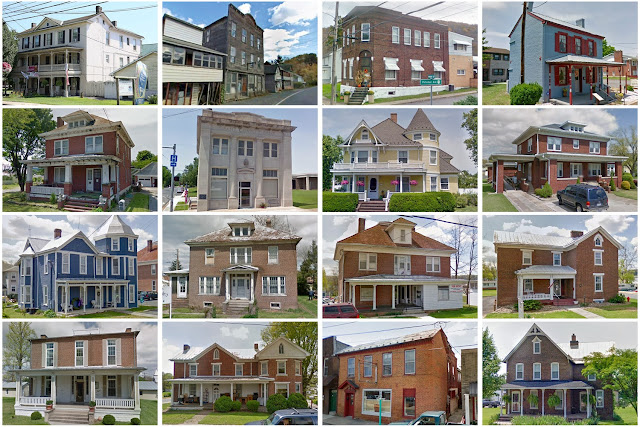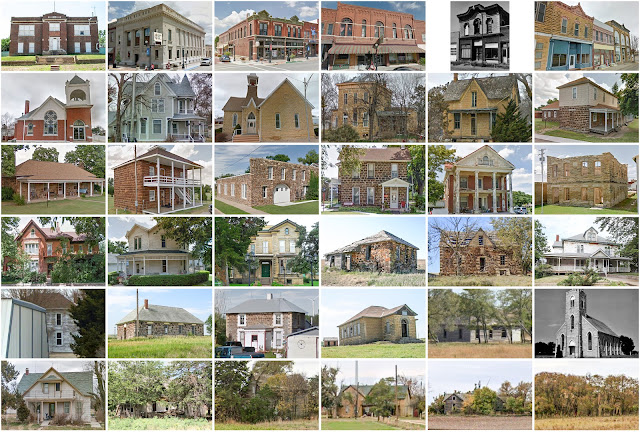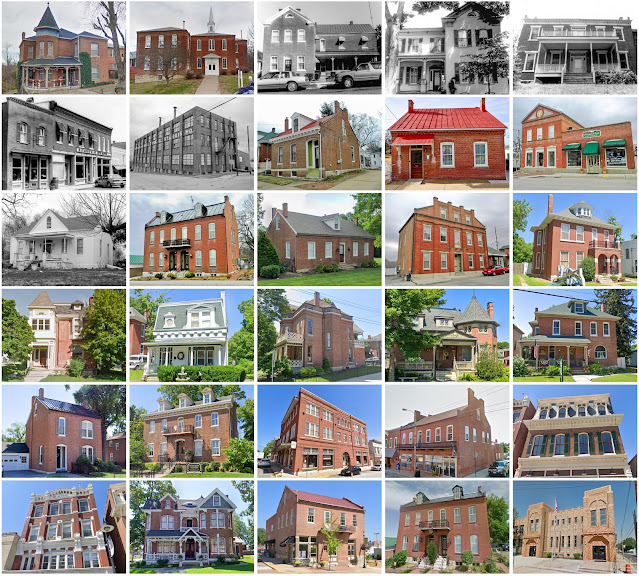Jasper County, Illinois

Founding: 1834 (declared in 1831) Parent counties: Clay and Crawford Namesake: William Jasper, South Carolina soldier Seat: Newton (1835–) Land area: 495 square miles Population (2020): 9,287 Population (historic): 1,472 (1840); 8,364 (1860); 14,515 (1880); 20,160 (1900); 12,809 (1930) Periods of population growth: pre-1840–1900; 1930s; 1970s Subdivisions: One city; six villages; 11 townships National Register listings: One Pre-1940 residences (estimated): 919 (21.1%) Pre-1940 housing survival rate: 27.6% Pre-1860 housing survival rate (1940): 1% Farm housing in disrepair (1950): 11.3% Nonfarm housing in disrepair (1950): 10.7% Average farmhouse value (1930): $800 Average outbuilding value (1930): $650 Average farmhouse size (1940): 5.4 rooms Number of farms (1920): 2,762 Average farm size (1920): 97.1 acres Sources of settlement: Indiana, Ohio, Kentucky, and Germany ______________________________________________________________________











